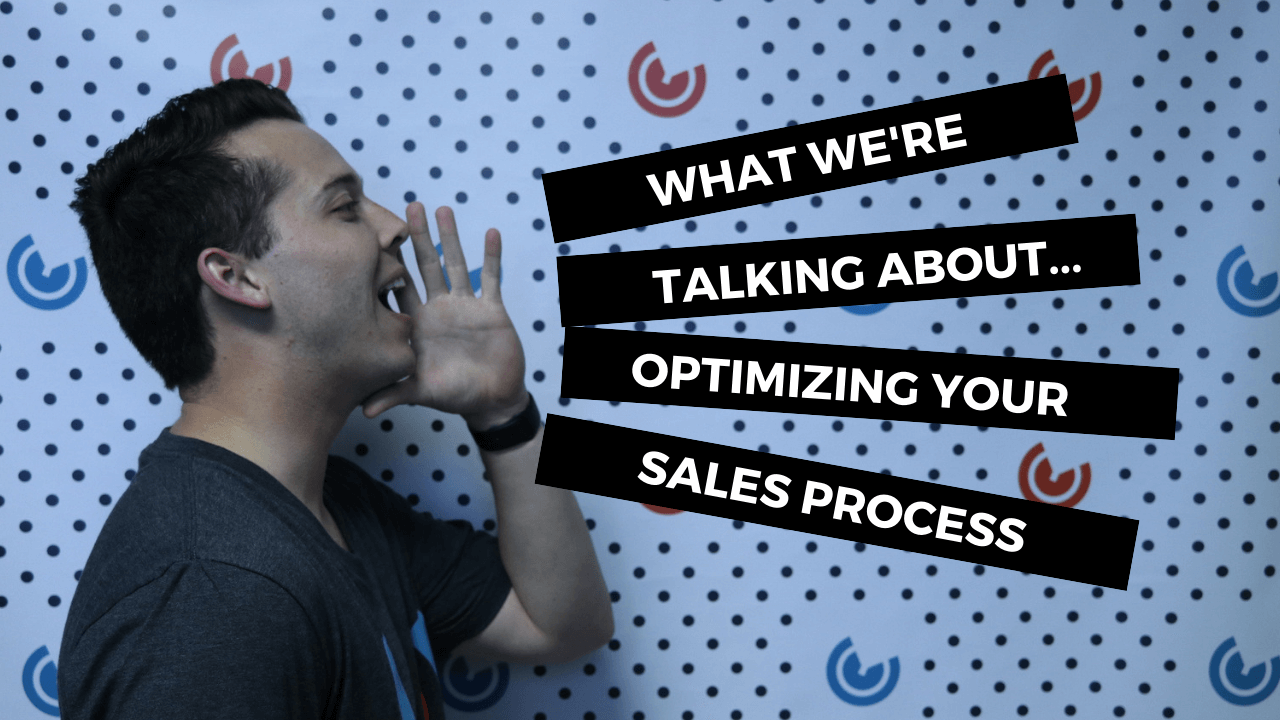1 min read
What We're Talking About...Optimizing Your Sales Process
The practice of optimizing your sales process is ever important. It incorporates a balance of interaction and communication between different teams...
I know what I am looking for, and would like to chat.
A team of data-driven marketers obsessed with generating revenue for our clients.
Because the proof is in the pudding.
At Campaign Creators we live by three principles: Autonomy, Mastery, Purpose.

Some of the greatest value of marketing automation comes from combining CRM and marketing data to help your sales team focus on leads that are actually ready to buy and close the deal.
Here are 4 sales activities you should be automating in order to save time, target effectively, and increase your revenue…
This blog post is part of "Your Definitive Guide to Marketing Automation" blog series and "Your Definitive Guide to Lead Nurturing" blog series.
When you setup your marketing automation software, you can create a set of rules and criteria that automatically scores incoming leads based on the lead’s actions and demographic information. In many tools, leads are prioritized on a scale (for example 1–5 or 1–100), and then categorized as either ‘marketing qualified leads’ (MQL’s) or ‘sales qualified leads’ (SQLs) if they hit a certain threshold.
If a lead is an MQL, they can continue to be nurtured by the marketing team until they become a SQL. This means that your company’s sales team are only ever focused on converting pre-qualified SQLs, and not wasting their time on unqualified leads.
Lead scoring also helps sales to prioritize leads based on any number of criteria such as how likely they are to convert, or the size of the deal.
A study sited by the Harvard Business Review found that you’re 60x more likely to convert a lead if you follow up within one hour, compared to waiting 24 hours. With email automation, you can ensure that every hot lead is followed up with instantaneously whether it’s at 8pm on a Friday night or 4am in the morning.
Templates and sequences such as those offered by CRM’s like HubSpot’s Free CRM make this a cinch. So there is absolutely no reason for you to be manually sending follow up emails early in the sales cycle!
With the amount of data captured by automation tools, you’ll have plenty of information on your leads, from what their challenges are to what pages on your website they clicked on, before they are ever assigned to a sales team member. And many CRM’s auto populate company and contact info from their large directories and sources, like LinkedIn, without you lifting a finger.
Building a CRM database is incredibly valuable, but it can quickly diminish in value if information isn’t kept up to date. By connecting your CRM system with your marketing automation platform, you can gradually capture more and more information about your leads over time, while confirming that their key information is still the same.
Without this integration, you would have to manually upload all of your contacts from your CRM database, which wastes money and time, while running the risk of user error. So don’t do it, just integrate your systems already!
I hope that this helps you effectively use marketing automation tools to increase your company's sales revenue! If you'd like to learn more about which marketing automation platform is the best fit for your sales needs, check out our newly released Which Marketing Automation System is Right for You? comparison guide.

1 min read
The practice of optimizing your sales process is ever important. It incorporates a balance of interaction and communication between different teams...

Sales, Hubspot's “all-in-one” software created for businesses of all industries and sizes, provides users with tools that integrate a wide range of...

Sales in the modern era has changed radically. The information asymmetry has shifted - resulting in a buyer who often knows more about your product...